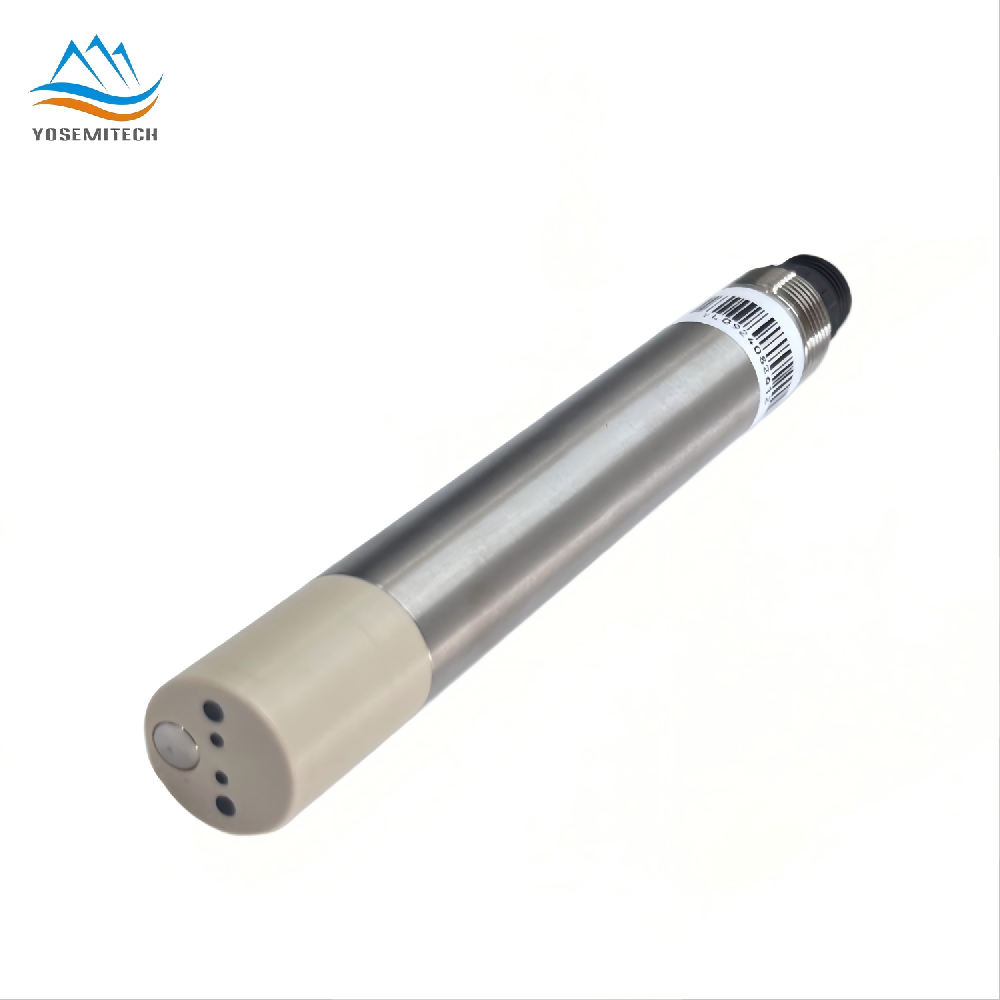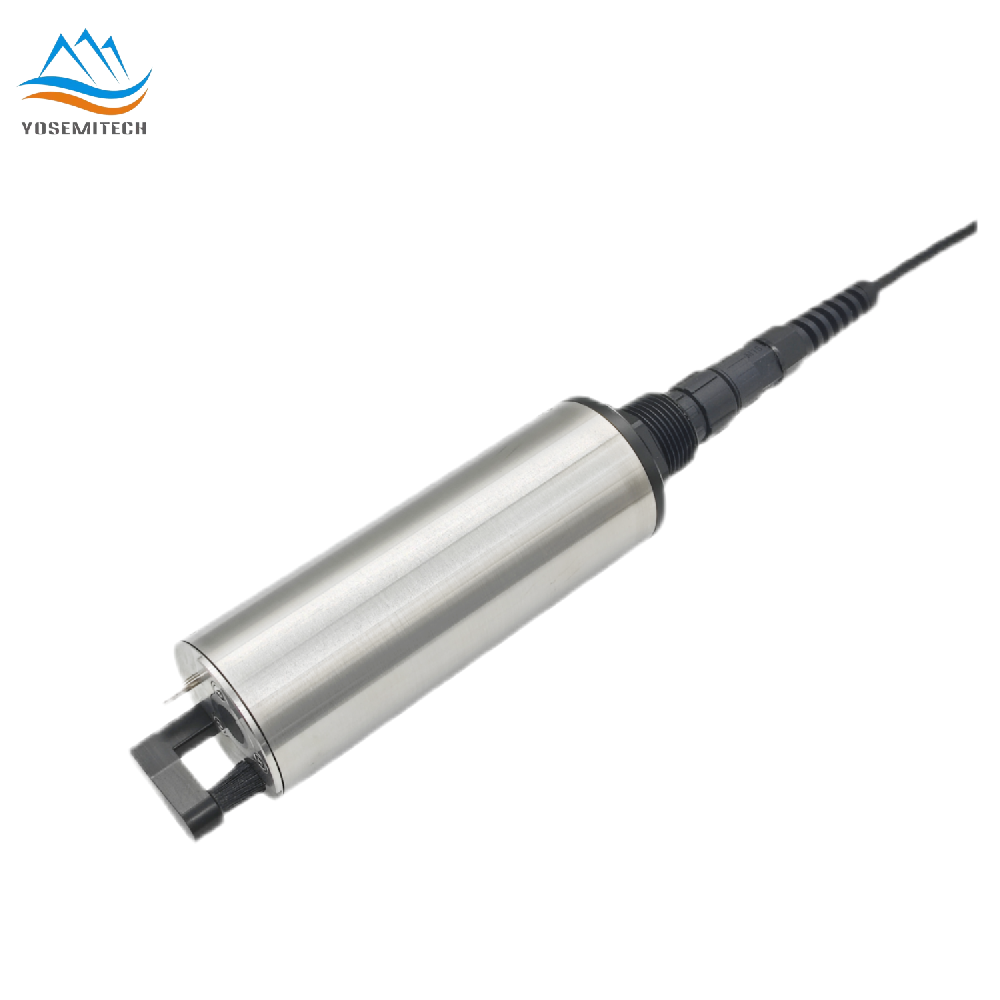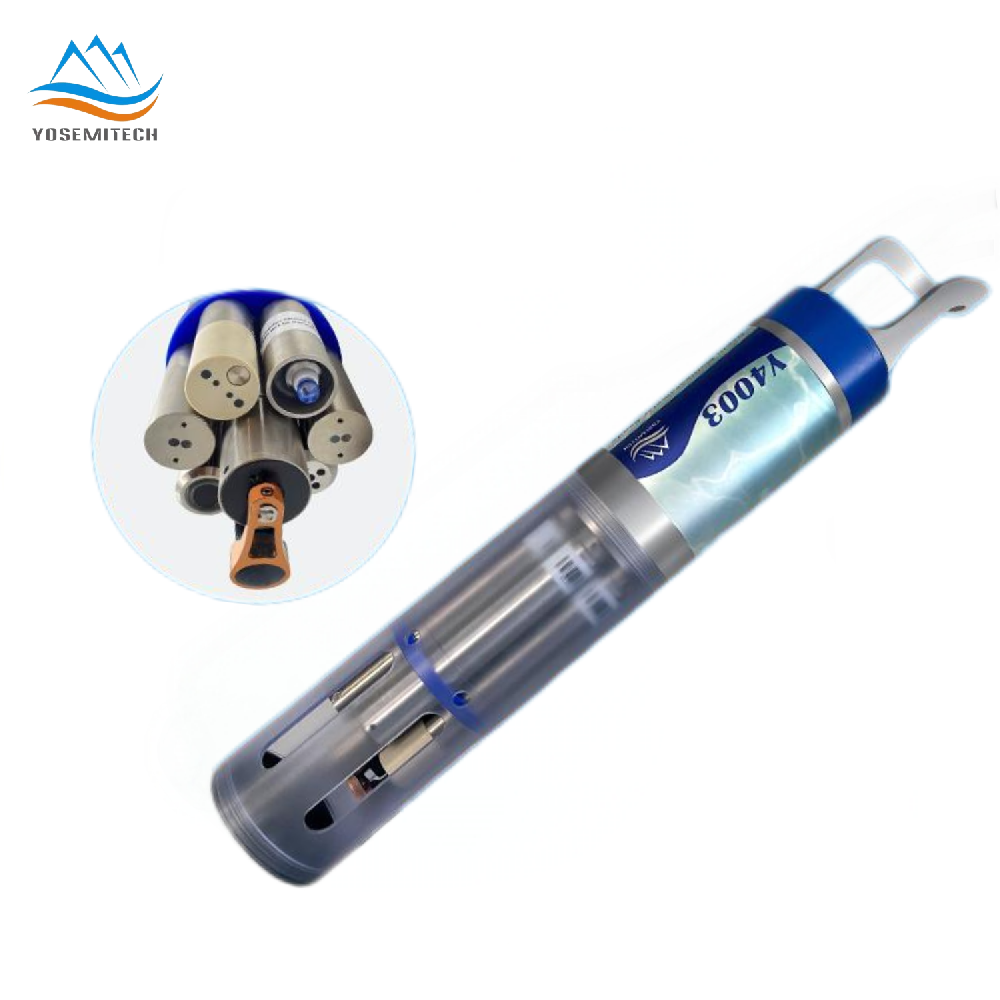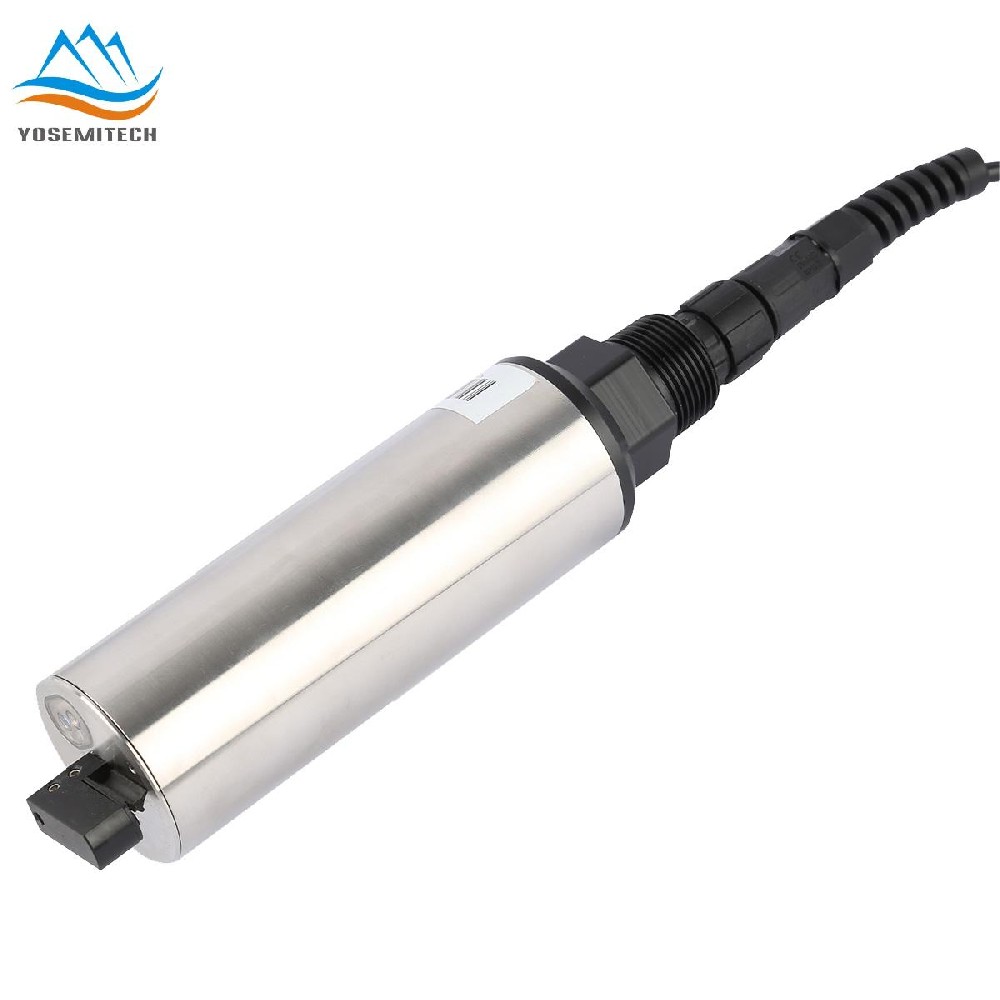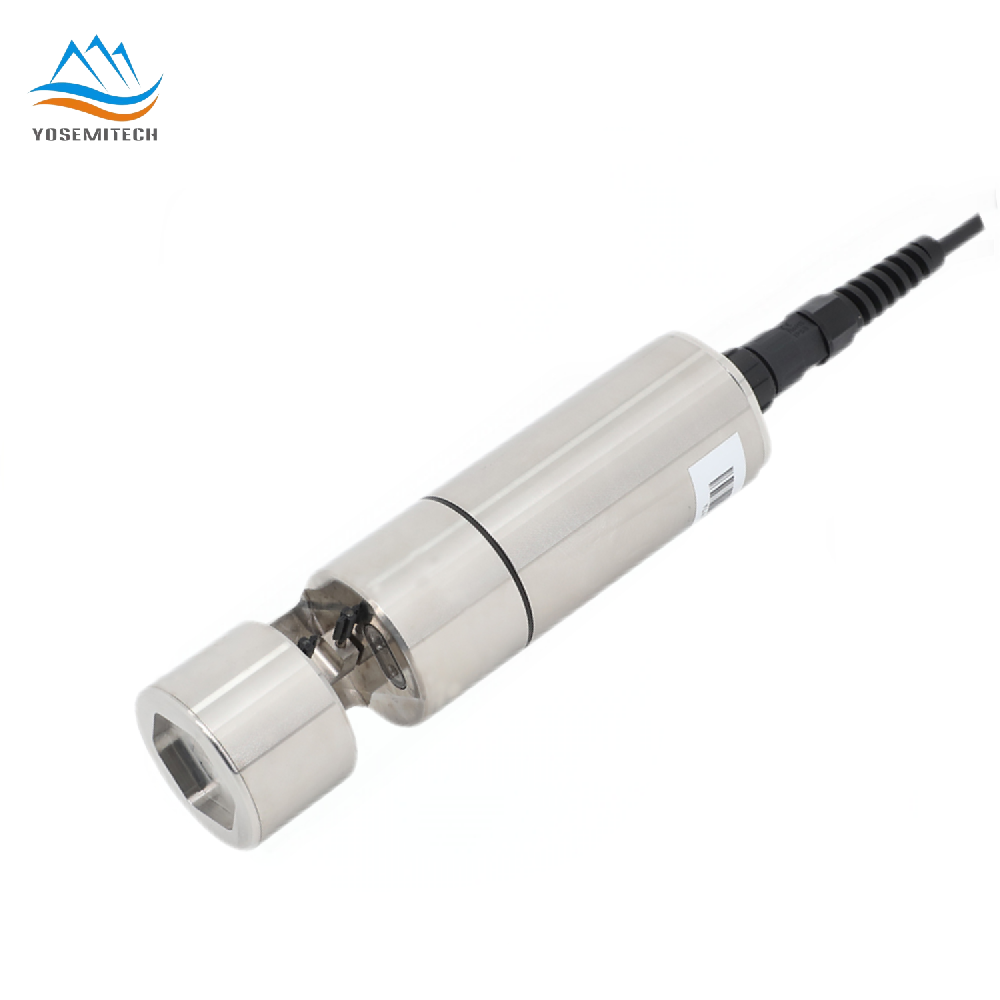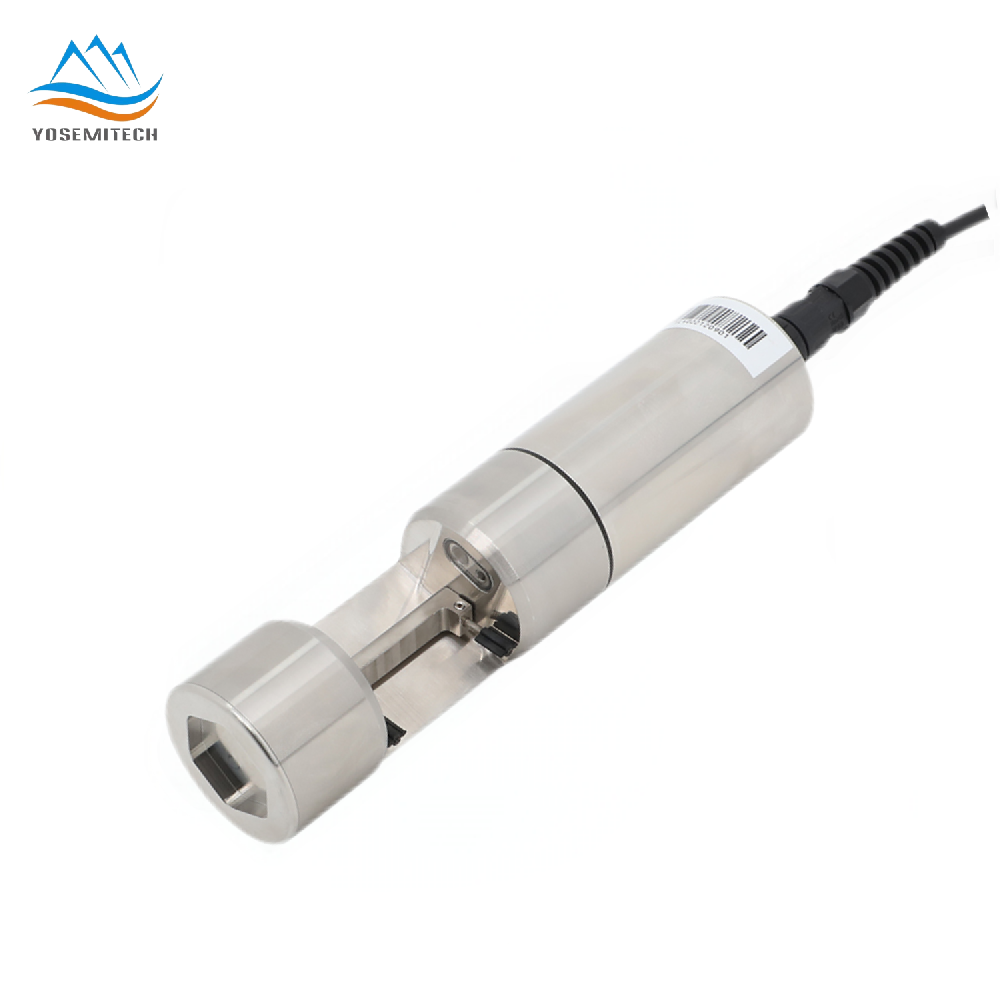FAQ
COD BOD TSS Monitoring Sensor FAQs
Writer: admin Time:2024-07-25 11:03:19 Browse:2017℃
Content
1. What is COD, BOD and TSS?
2. Why we need to measure COD?
3. COD sensor working principle
4. COD sensor application
1. What is COD, BOD and TSS?
1.1 What is Chemical Oxygen Demand(COD)?
Chemical Oxygen Demand (COD) is also known as chemical oxygen consumption. It is the process of using chemical oxidants (such as potassium permanganate) to oxidize and decompose oxidizable substances in water (such as organic matter, nitrite, ferrous salt, sulfide, etc.), and then calculating the oxygen consumption based on the amount of residual oxidants. COD is an important indicator of water pollution. It reflects the degree of material pollution in the water. The larger the chemical oxygen demand, the more serious the organic pollution in the water.
COD is expressed in mg/L. The COD value detected by water quality monitoring instruments can be divided into five categories. Class I and Class II COD≤15mg/L, basically meet the drinking water standards. Water with a value greater than Class II cannot be used as drinking water. Class III COD≤20mg/L, Class IV COD≤30mg/L, and Class V COD≤40mg/L are polluted water quality. The higher the COD value, the more serious the pollution.
1.2 What is Biological Oxygen Demand (BOD)?
Biological oxygen demand (BOD) is the amount of oxygen consumed by microorganisms to grow in a certain amount of water. It is an environmental monitoring indicator, mainly used to monitor the pollution status of organic matter in water.
1.3 What is Total Suspended Solids(TSS)?
TSS stands for total suspended solids, which refers to water-based particles larger than 2 microns in size. On the other hand, any particles smaller than 2 microns are considered total dissolved solids (TDS). Most total suspended solids are made up of inorganic materials; however, algae and bacteria may also be considered TSS.
Broadly speaking, TSS can be anything that floats or "suspended" in the water, including sand, sediment, and plankton. When certain water sources become contaminated by decaying plants or animals, the organic particles released into the water are often suspended solids.
While some sediments settle to the bottom of a water source, other TSS float to the surface or are suspended in between. TSS affects water clarity, so the higher the TSS content of a water source, the less clear it is.
2. Why we need to measure COD?
If water with high chemical oxygen demand (COD) content is not treated before entering natural water bodies, it can disrupt the balance of the ecosystem, leading to the death of most organisms except microorganisms. This can have a cascading effect on the surrounding environment and pose a threat to human health. Additionally, using polluted water for irrigation can negatively impact the growth of plants and crops, making them unsuitable for consumption.
3. COD sensor working principle
Many organic substances dissolved in water absorb ultraviolet light. Therefore, by measuring the absorption of 254nm ultraviolet light by these organic substances, the content of organic pollutants dissolved in water can be accurately measured.
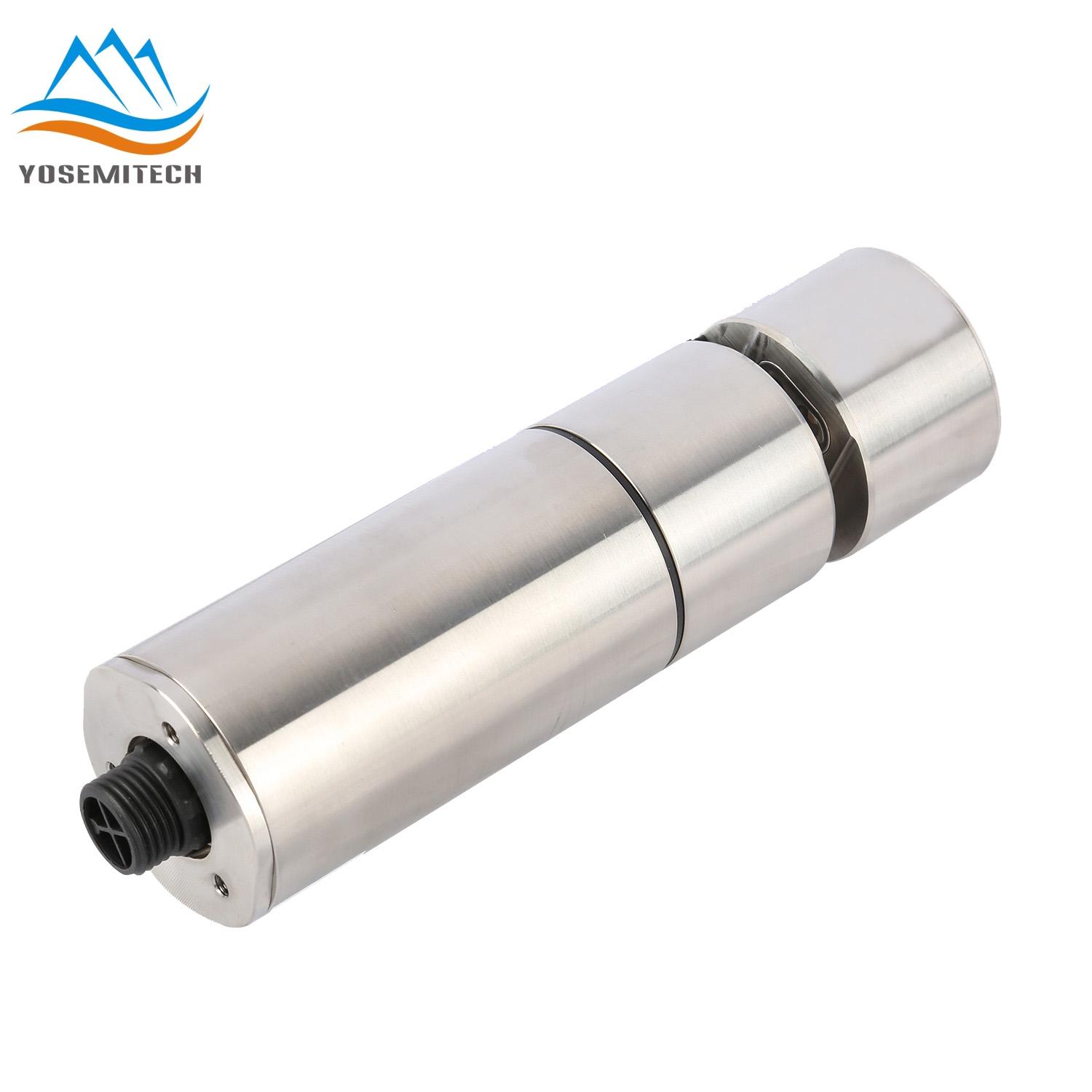
https://e.yosemitech.com/COD-16/Y551-B.html
4. COD sensor application
Wastewater Treatment Plants: COD sensors are used to monitor the efficiency of the treatment process by measuring the organic pollutant levels before and after treatment. This helps in ensuring that the effluent meets the regulatory standards before it is discharged into water bodies.
Industrial Process Control: Many industries, such as food and beverage, pharmaceuticals, and chemical manufacturing, use COD sensors to monitor and control the organic content in their process water or wastewater. This is crucial for maintaining product quality and complying with environmental regulations.
Environmental Monitoring: COD sensors are employed in monitoring the water quality of rivers, lakes, and oceans to assess the impact of pollution and to track the effectiveness of conservation efforts.
Drinking Water Quality: Although less common than other water quality parameters like pH or turbidity, COD sensors can be used to ensure that the organic content in drinking water is within safe limits.
Aquaculture: In fish farming, maintaining water quality is crucial for the health and growth of the fish. COD sensors can help monitor the organic waste levels in the water to prevent the accumulation of harmful substances.
Urban Water Management: COD sensors can be part of the system that monitors the quality of water in urban waterways, stormwater runoff, and combined sewer overflows to manage and mitigate pollution.
CATEGORIES
CONTACT US
Yosemitech Technologies Co., Ltd
 +86 19984844080
+86 19984844080
 sales@yosemitech.com
sales@yosemitech.com
 Bldg,25,CECEP Industrial Park, No. 18 Dongchang Rd. Suzhou Industrial Park, Jiangsu Province,China 215126, China
Bldg,25,CECEP Industrial Park, No. 18 Dongchang Rd. Suzhou Industrial Park, Jiangsu Province,China 215126, China
